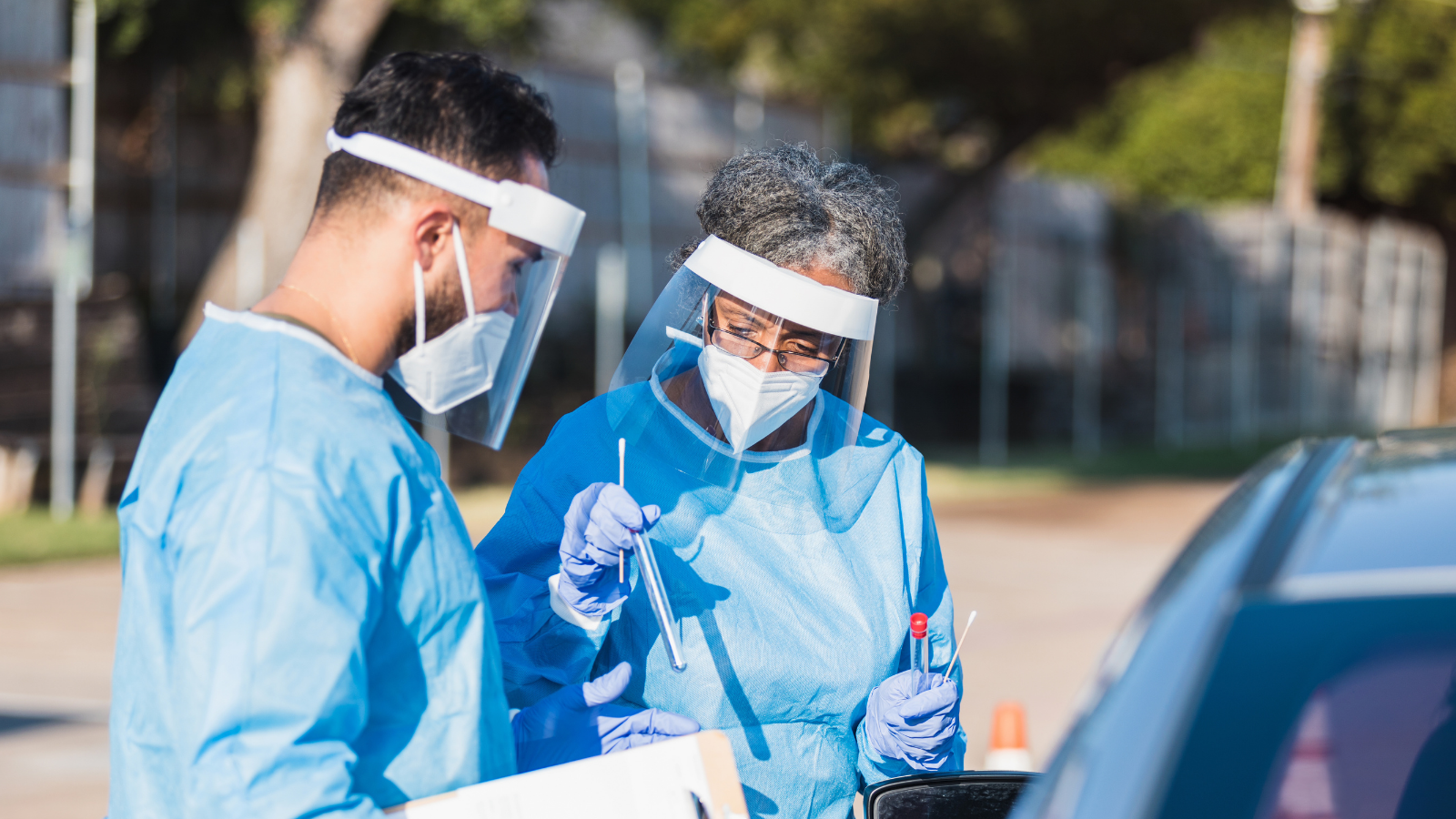
The COVID-19 pandemic has produced many well-quantified epidemics across the United States and the world. Comparing localized epidemic outcomes can help researchers understand both the efficacy of non-pharmaceutical interventions and the risk assessment across varying geographic levels. In a new medRxiv paper, Dr. Nathaniel Hupert, associate professor of population health sciences and co-director of the Cornell Institute for Disease and Disaster Preparedness, joined colleagues from Selva Analytics, Pennsylvania State University, and Oxford University to create a graphical method for comparing ongoing COVID-19 epidemics. Using early and minimally mitigated epidemics, like that in New York City in March and April of 2020, the researchers define "epidemic resistance lines" (ERLs)—the hypothesized upper bounds of epidemic speed and burden. ERLs from less-mitigated epidemics allows benchmarking of resurgences and early predictions of mortality burden for COVID-19 epidemics in these populations. Dr. Hupert and colleagues suggest that this method could be used for future epidemics, including seasonal epidemics caused by influenza or ongoing epidemics caused by new SARS-CoV-2 variants.
- Highlights

